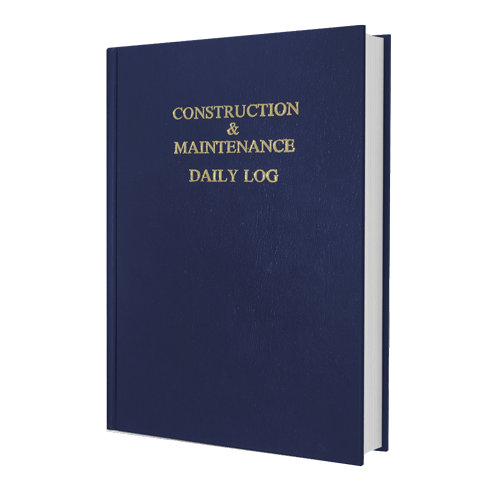NYC Affordable Infill Housing Plan Puts Design First

The design for the 5,900-sq-ft Mass Green Living competition finalist, by Anawan/101 + Kane AUD, calls for five units with a multi-use ground-level common area, called the urban garage. The judges were especially impressed with the mix of different types of living units.
Rendering by Anawan/101 + Kane AUD

The concept of Greenfill House as Garden by Michael Sorkin Studio is for a 4,430-sq-ft building with a stepped façade that produces terraces. Judges were impressed with the outdoor spaces, the clever use of space and sustainable elements that reduce the environmental footprint.
Rendering by Michael Sorkin Studio

Fold and Stack by OBJ would have five units organized around an interior courtyard, in a 5,540-sq-ft building. Judges liked the modular construction and double-height spaces within a compact footprint.
Rendering by OBJ

The System for Narrow Living by Only If Architecture would contain seven units in a 4,900-sq-ft building. Judges appreciated the “innovative” built-ins that resulted in compact but functional spaces.
Rendering by Only If

More with Less by Palette Architecture would have two units in a 3,700-sq-ft building, with one unit a co-living space with four individual rooms. Judges were impressed with the co-living unit and the way public and private spaces intersect.
Rendering by Palette Architecture





The five finalists of an international design competition for affordable infill housing on scattered “sliver” sites, owned by New York City, are currently entering a capacity building phase with the city to convert their designs into viable development proposals. The city expects to assemble development teams early next year, receive their proposals next spring and make selections by next fall.
The competition, sparked by New York City’s Dept. of Housing Preservation & Development and organized by the American Institute of Architects New York, represents the first time HPD has put design before development and the first time it has collaborated in this way with the AIA NY to help solve the city’s affordable housing crisis, says Leila Bozorg, HPD’s deputy commissioner for Neighborhood Strategies.
Typically, for its affordable housing projects, HPD sends out a request for proposals to private developers. Each developer then assembles its own design team.
Big Ideas, Small Lots
The Big Ideas for Small Lots NYC competition represents “a completely novel process,” inspired by the long, narrow lots that present financing and design challenges for affordable housing, says Bozorg. “We hope we will have something replicable,” even for private developers that have lots with odd or narrow shapes, she adds.
A jury of nine, representing the architecture, engineering, construction, urban design, real estate development and public policy sectors, selected the New York City-based finalists from 444 proposals from 36 nations on five continents. The jury evaluated the entries, which offered designs for 23 city-owned lots, based on design and buildability. The five specific designs selected also are serving as case studies for all the narrow or odd-shaped lots, many of which formerly contained rowhouses.
Prototype
The idea of a design competition, in collaboration with a city agency, should also serve as a prototype for future city projects, says Hayes Slade, co-founder of Slade Architecture, who organized the competition and chaired the jury, in her role as 2019 president of AIA NY. “It was wonderful to see the outpouring of energy and creativity” to help move the needle forward on the city’s affordable housing crisis, she adds.
About a year ago, HPD reached out to AIA NY to explore the idea of holding a design competition. The competition, which accepted submissions from February until March 24, was “unusual” because proposals had to be practical, not aspirational, and comply with building and zoning codes, says Slade.
On Display
The finalists were announced in May. Their ideas are on display at Manhattan’s Center for Architecture through Nov. 2. Each finalist received a $3,000 stipend. The competition was funded in large part by $20,000 from Resource Furniture, raised by AIA NY.
The design for the 5,900-sq-ft Mass Green Living finalist, by Anawan/101 + Kane AUD, calls for five units with a a multi-use ground-level common area, called the urban garage. The judges were especially impressed with the mix of different types of living units.
The concept for Greenfill House as Garden by Michael Sorkin Studio is for a 4,430-sq-ft building with a stepped façade that would produce terraces. Judges liked the outdoor spaces and sustainable elements that would reduce the building’s environmental footprint.
Fold and Stack by OBJ would have five units organized around an interior courtyard, in a 5,540-sq-ft building. Judges liked the modular construction and double-height spaces within the compact footprint.
Narrow Living
The System for Narrow Living by Only If Architecture would contain seven units in a 4,900-sq-ft building. Judges appreciated the “innovative” built-ins that resulted in compact but functional spaces.
More With Less by Palette Architecture would have two units in a 3,700-sq-ft building, with one unit a co-living space with four individual rooms. Judges were impressed with the co-living unit and the way public and private spaces intersect.
The competition is part of the Housing New York 2.0 plan of Mayor Bill de Blasio (D.). The goal is to provide 200,000 homes by 2022 and another 100,000 by 2026.











